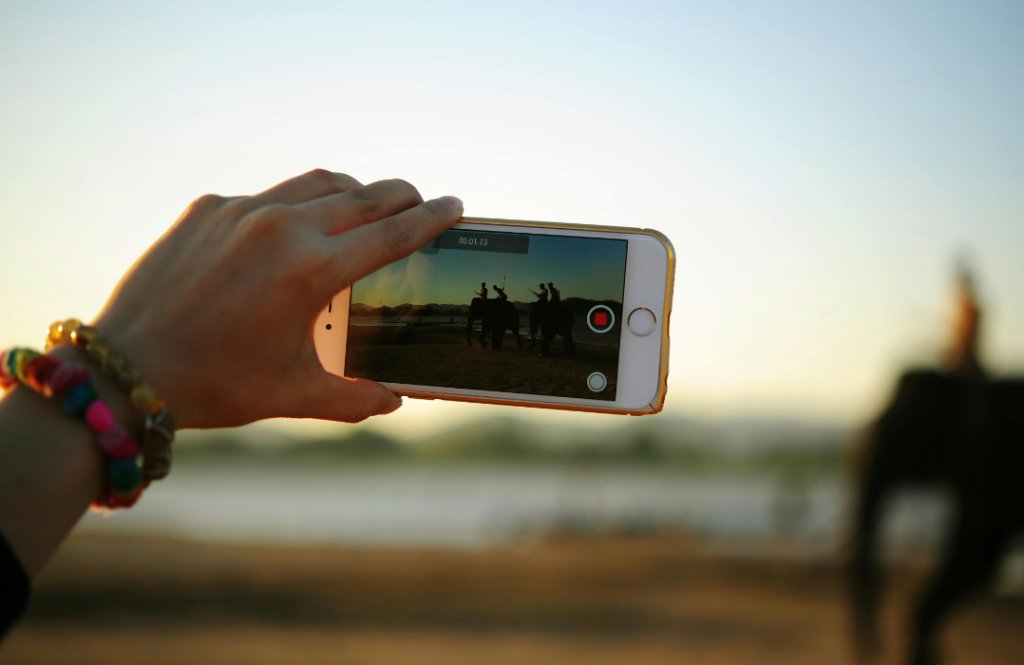7 Proven Tips on Website Strategy to Maximize Conversions and Retain Customers
Every business owner dreams of creating a website that captivates visitors, holds their attention, and ultimately converts them into paying customers. But how do some of the most successful service business websites achieve this?
What sets them apart? After analyzing top-performing business websites, I’ve identified seven key strategies that keep prospects engaged and much more likely to convert.
I’ll walk you through these strategies, including actionable tips you can implement right away. Let’s dive in and explore how you can turn your website into a customer conversion machine.

1. Leverage the Power of Video
According to Forbes, 95% of a message is retained when watched in a video, compared to just 10% when read in text.
That’s a staggering difference, and it’s something you cannot ignore when designing your website. Videos offer a dynamic way of keeping your potential customers engaged, allowing them to digest your content in an easy-to-understand format.
“The average internet user spends 88% more time on a website with video than without.”
One successful example is Moz, a Seattle-based SEO company that leveraged video content to build an online community.
Their “Whiteboard Friday” video series became wildly popular by explaining complex SEO topics in simple terms.
Types of videos that work well:
- Educational/tutorial videos (like Moz’s Whiteboard series)
- Problem-solving videos explaining how your service helps
- Testimonials from satisfied clients
- FAQ videos answering common questions
The best part is that you don’t need high production value. Use your smartphone and create simple yet informative videos that resonate with your audience.

2. Use Quizzes to Engage Visitors and Capture Emails
Quizzes are not only interactive but also a great tool for capturing leads.
On top of keeping users on your site longer, quizzes give them a personalized result—be it a quote, score, or plan—that prompts them to enter their email to receive their result.
“In my own case, I use a quiz that asks users questions about their website and offers them a custom playlist of videos that will help solve their unique challenges.
This approach has helped me gather over 2,000 leads in just a year.”
Why quizzes work:
- People love interactivity and are naturally curious to see their results.
- You can capture emails by offering a reward at the end.
- Quizzes help keep users engaged on their first visit and bring them back with email follow-ups.

3. Simplify Your Website Design for Maximum Impact
Cluttered websites filled with too much information, images, and pop-ups create a sense of overwhelm, pushing visitors away. Google discovered that visitors judge a website’s aesthetics within 50 milliseconds. In that split second, they decide if your site looks trustworthy or chaotic.
Benefits of minimalist design:
- An uncluttered design reduces stress and confusion, encouraging visitors to stay.
- Simplicity enhances user experience, making it easy for visitors to find what they need.
- Websites that are easy to navigate create a better perception of professionalism and trustworthiness.
“76% of consumers consider ease of use as the most important factor in a website.”
To achieve this, use plenty of white space, bold headlines, bullet points, and captivating images. Organizing your content in bite-sized pieces helps visitors skim and understand your message quickly.

4. Provide Context with Comparison Charts
Comparison charts are an excellent tool for demonstrating the value of your service compared to others in your niche. Often, visitors lack context when browsing, which can lead to indecision.
Imagine a Spanish tutor’s website.
By including a comparison chart that shows the benefits of using their tutoring service compared to apps like Duolingo or Rosetta Stone, the tutor can immediately communicate why they’re a better choice.
Tip: Use comparison charts to highlight your different service packages. Make sure it’s crystal clear what’s included in your premium package versus your basic package.

5. Surprise and Delight with Interactive Elements
In today’s digital world, standing out is essential. One way to do this is by adding surprise and delight elements to your website.
These are interactive components like Lottie animations, hover effects, and scroll-triggered animations that add personality and engagement to your site.
Unlike static icons, Lottie animations are lightweight and scalable, ensuring that your website remains responsive. But, as with all things, balance is key—don’t go overboard.
“Adding subtle interactive elements enhances your website’s personality and helps build a stronger connection with your audience.”

6. Embrace Authentic, Conversational Copywriting
Many small businesses fall into the trap of trying to sound overly professional. However, bigger brands often have the confidence to write in a more conversational tone, which fosters a stronger emotional connection with customers.
“If you can’t explain it simply, you don’t understand it well enough.” — Albert Einstein
Writing in a casual, conversational way makes your content more relatable and easier for customers to digest.
Don’t be afraid to throw out the grammar rulebook, use contractions, and even include personal anecdotes. Speak to your audience like you would over a cup of coffee, not in a boardroom.
How to write conversationally:
- Use contractions (e.g., don’t, won’t, it’s).
- Keep paragraphs short—two to three sentences max.
- Avoid jargon and overly technical terms.
- Incorporate humor and personal stories where appropriate.
- Bold key phrases and make your content easily skimmable.

7. Incorporate Scarcity for Immediate Action
Scarcity is a powerful psychological trigger. When people believe that something is limited, they’re more likely to act quickly.
For example, imagine visiting a personal trainer’s website and seeing that they have only one available slot left for the month.
Suddenly, you feel an urgency to book that slot, even if you weren’t ready to commit moments earlier.
“The principle of scarcity says that we want what we think we may not be able to get in the future.”
Scarcity works because it taps into our fear of missing out (FOMO). Northwestern University found that products with limited availability are rated as more attractive. Service businesses can also leverage scarcity by highlighting limited slots, exclusive offers, or selective client lists.
How to use scarcity effectively:
- Display the limited number of available spots for your service.
- Offer limited-time promotions or discounts.
- Create a waiting list for premium services to increase demand.

Final Thoughts: Putting The Website Strategy All Together
By implementing these seven strategies, you can transform your website from a simple information portal to a customer-conversion machine.
From leveraging video and quizzes to embracing minimalist design and authentic copywriting, each of these tactics plays a critical role in engaging visitors and driving conversions.
Quick Recap:
- Use video to engage and retain visitors.
- Capture emails with interactive quizzes.
- Keep your design clean and simple for a stress-free user experience.
- Provide context with comparison charts.
- Delight visitors with subtle interactive elements.
- Use conversational copywriting to build connections.
- Tap into scarcity to drive immediate action.
It’s all about creating a website that feels authentic, simple to navigate, and relatable. By combining these elements, you’ll be well on your way to increasing your conversions and creating long-term customer relationships.
(Source : Wes McDowell Video on Successful Website Practices)

